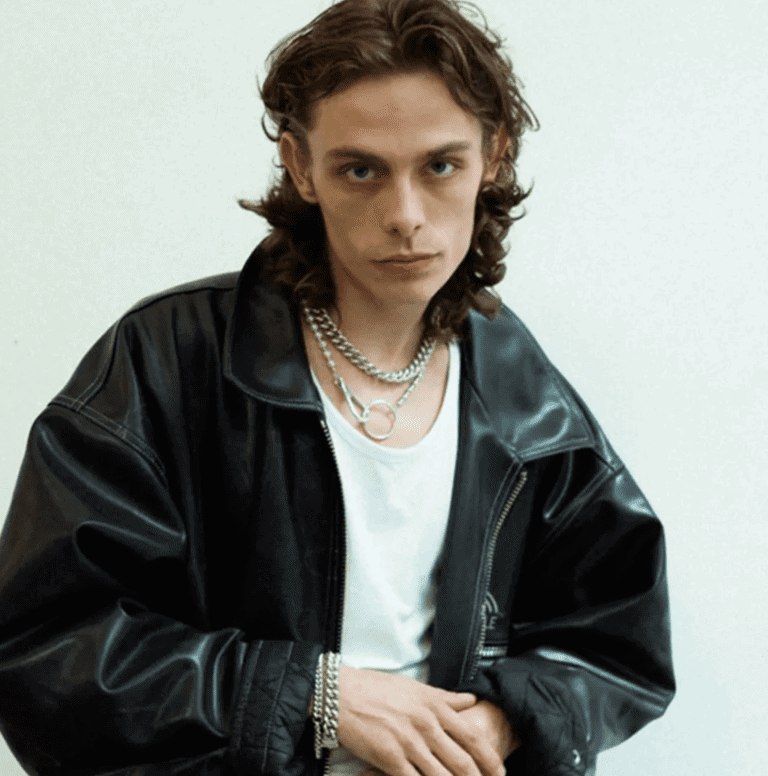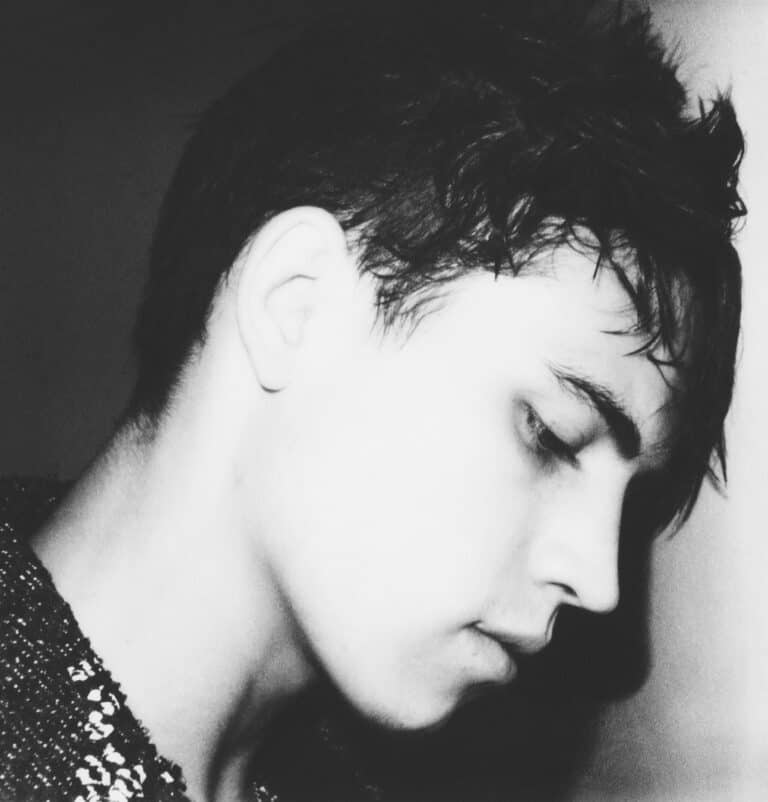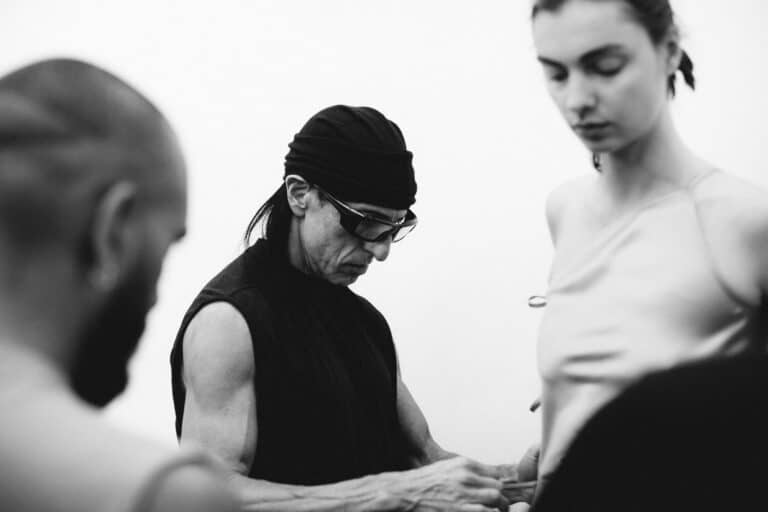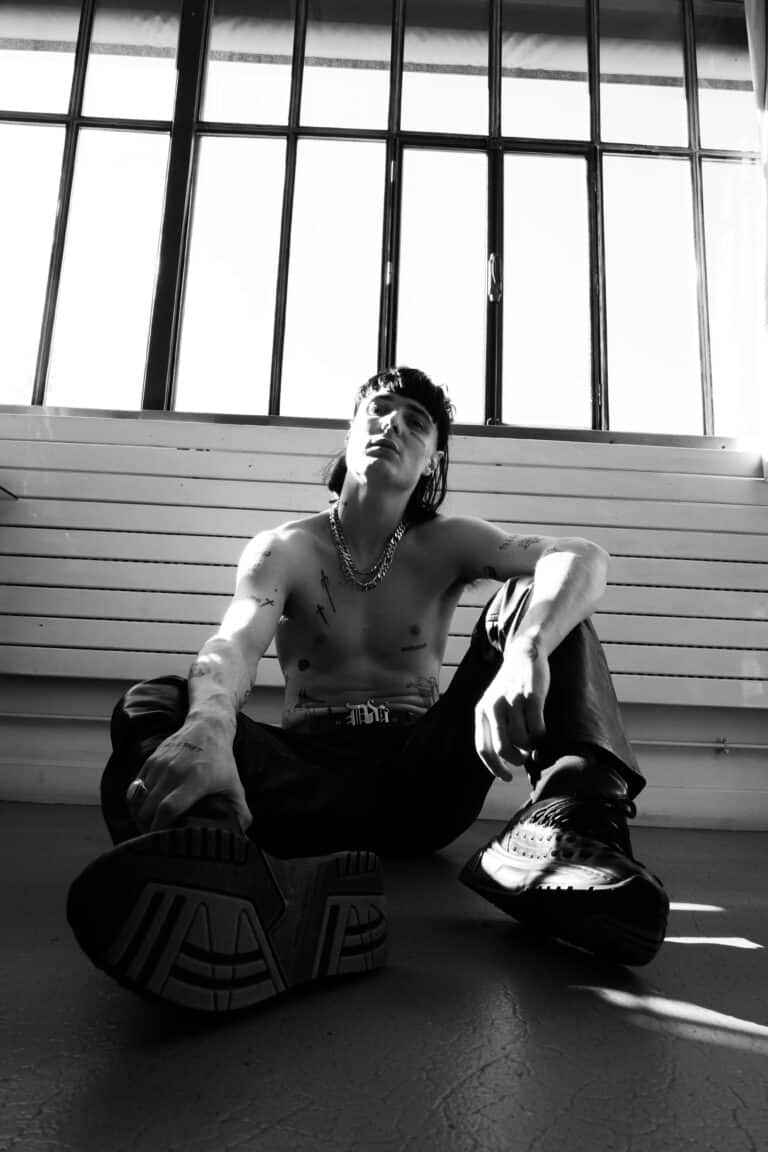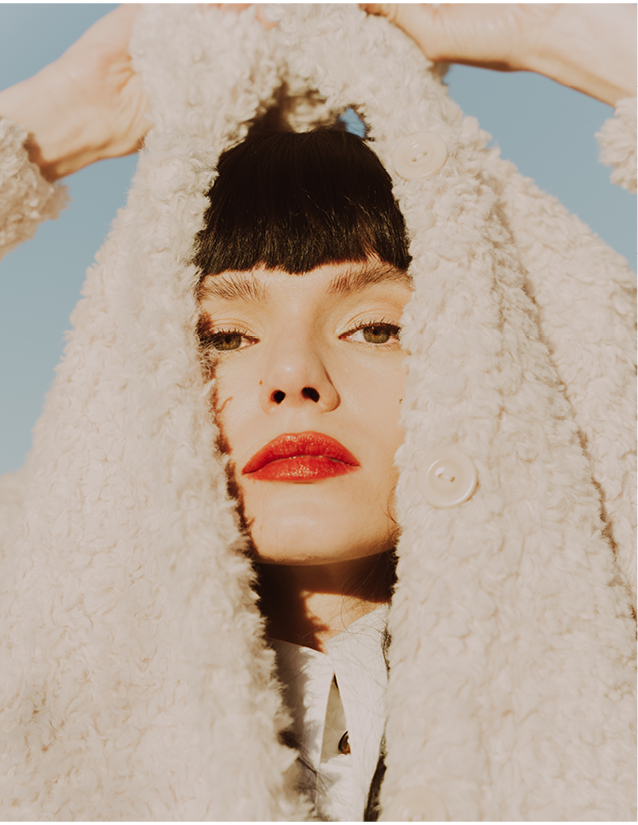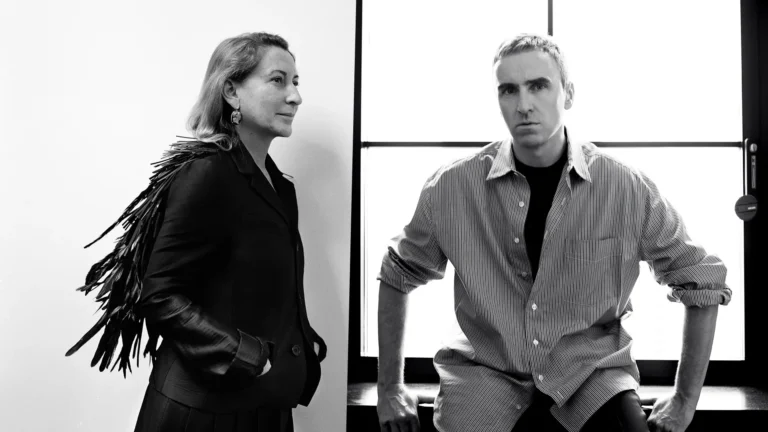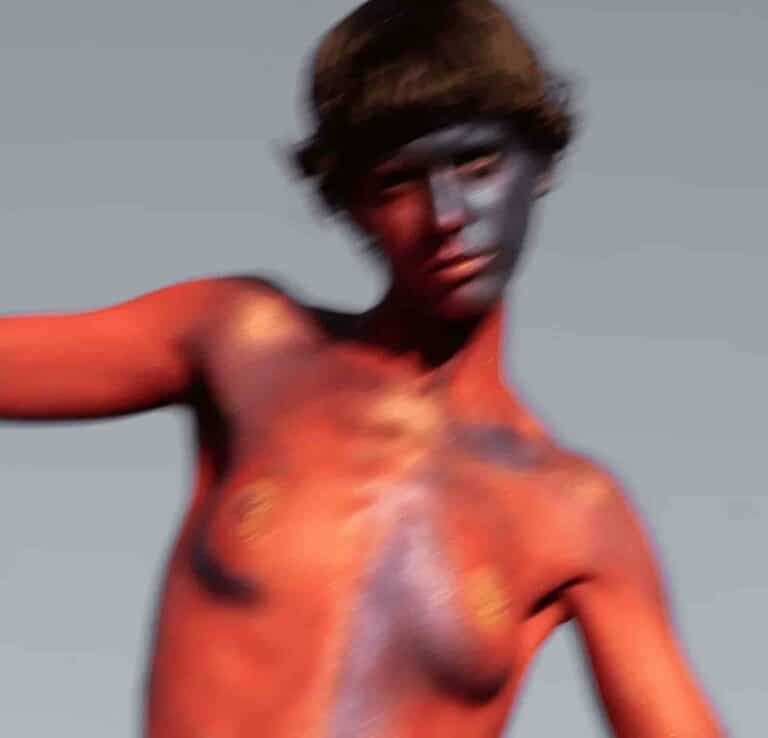Dissenting from reality: Meet Mua Sabu Suzuki and Photographer Mika Kailes
Read time 4 minutes
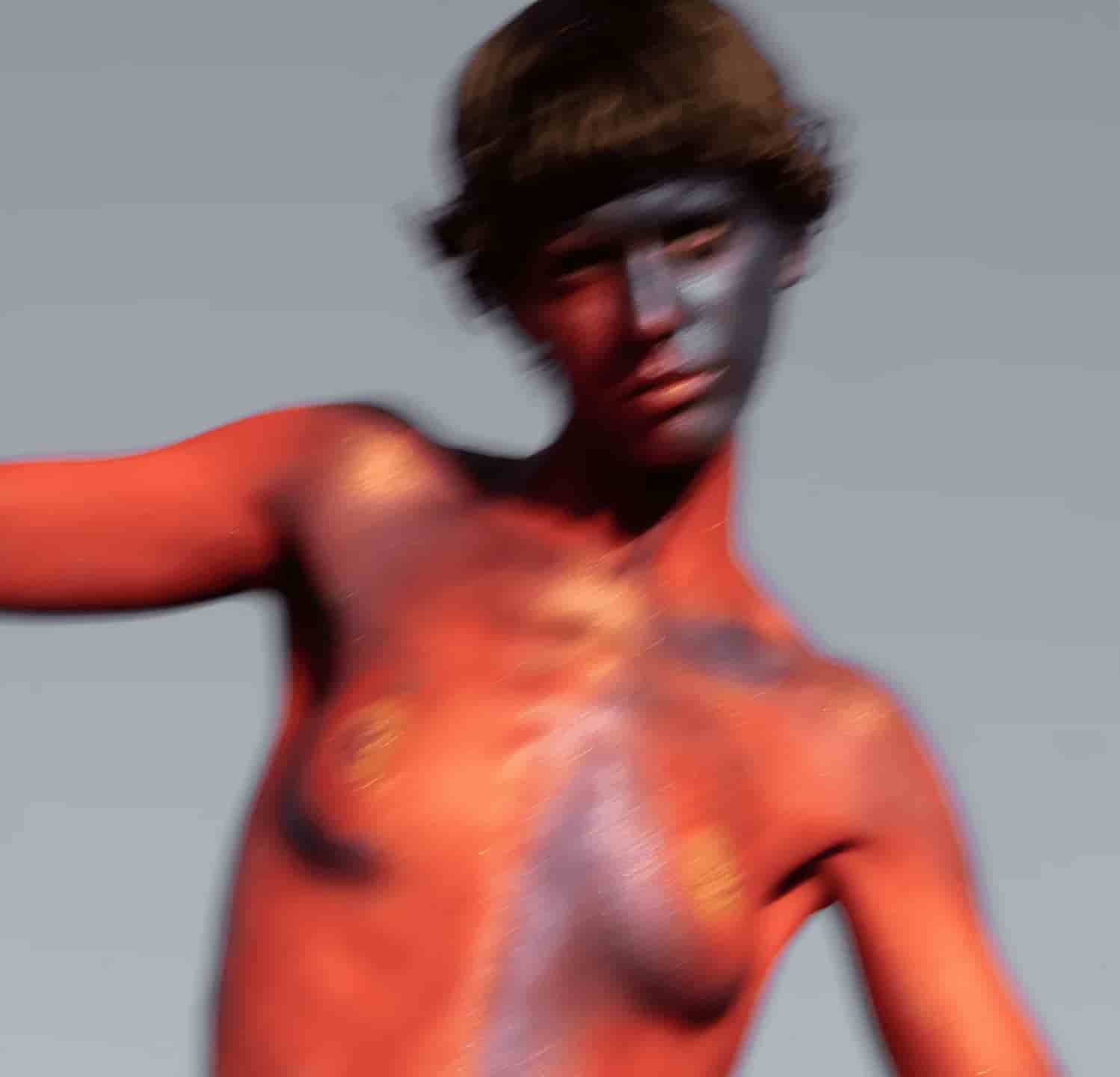
Photography by Mika Kailes.
Make-up is more than a beauty ritual; it’s a reclamation of identity, a rebellion against the predetermined, and a medium for expression.
In a world that is often preoccupied with conventional beauty standards, make-up has become more than just a tool for enhancing appearance—it has evolved into a form of rebellion, a medium for storytelling, and a catalyst for self-discovery. For 21-year-old make-up artist Sabu Suzuki, the transformative power of make-up transcends its surface-level appeal. Swedish-born and London-based, Suzuki’s artistry is bold, intentional, and disruptive, challenging societal norms and redefining what it means to be beautiful in an era of conformity.
Suzuki’s recent collaboration with photographer Mika Kailes is a testament to his unique approach to the craft. Together, they have created a series of striking images that capture the fluidity of identity and the interplay between light and texture. Each look tells a story that resonates on both a personal and universal level. For Sabu, make-up is not just about painting faces—it’s about bringing inner truths to life and celebrating individuality in its most unapologetic form.
But Sabu’s journey hasn’t been without challenges. From navigating a competitive industry to overcoming personal struggles, he has faced moments of doubt and uncertainty. Yet, through it all, he has remained steadfast in his belief that make-up is a powerful medium of expression. “Make-up,” he says, “is not about hiding who you are—it’s about revealing who you want to be.”
As we sit down for this conversation, Sabu reflects on his beginnings, inspirations, and the philosophies that drive his work. With a laugh as vibrant as his creations, he welcomes us into his world—a space where art meets identity, and where every brushstroke is an act of self-empowerment.

Photography by Mika Kailes.
Kaden: Can you recall the first time you did someone’s make-up? What was the experience like?
Sabu Suzuki: Oh, absolutely! It’s seared into my memory—partly because it was such a disaster but also because it was a pivotal moment for me. I remember using this drugstore foundation that was completely the wrong shade and piling it on like I was frosting a cake. The end result wasn’t pretty, but there was something magical about the process. It was the first time I felt the thrill of transforming someone’s appearance, even if I didn’t quite know what I was doing. I think those early attempts are crucial—they teach you to embrace imperfection and to keep experimenting until you find your voice. Looking back, I realize that the heart of what I do now was already there in those clumsy moments: the desire to tell a story and create something meaningful.
Kaden: Why do you believe make-up is important in today’s world? It feels like people have very polarized opinions about it.
Sabu Suzuki: That’s such a loaded question, but I love it because it gets to the heart of why I do what I do. Make-up is important because it’s one of the few art forms that’s accessible to almost everyone. You don’t need a gallery or a platform to make an impact—you just need a face and some imagination. At the same time, it’s also a deeply personal thing. For some, it’s a way to express joy or creativity; for others, it’s a shield or a source of confidence. What’s fascinating to me is how polarizing it can be. Some people see it as empowering, while others see it as superficial. I think both perspectives miss the point. Make-up isn’t about vanity or conformity—it’s about choice. It’s about taking control of how you present yourself to the world, and in that sense, it’s incredibly powerful.
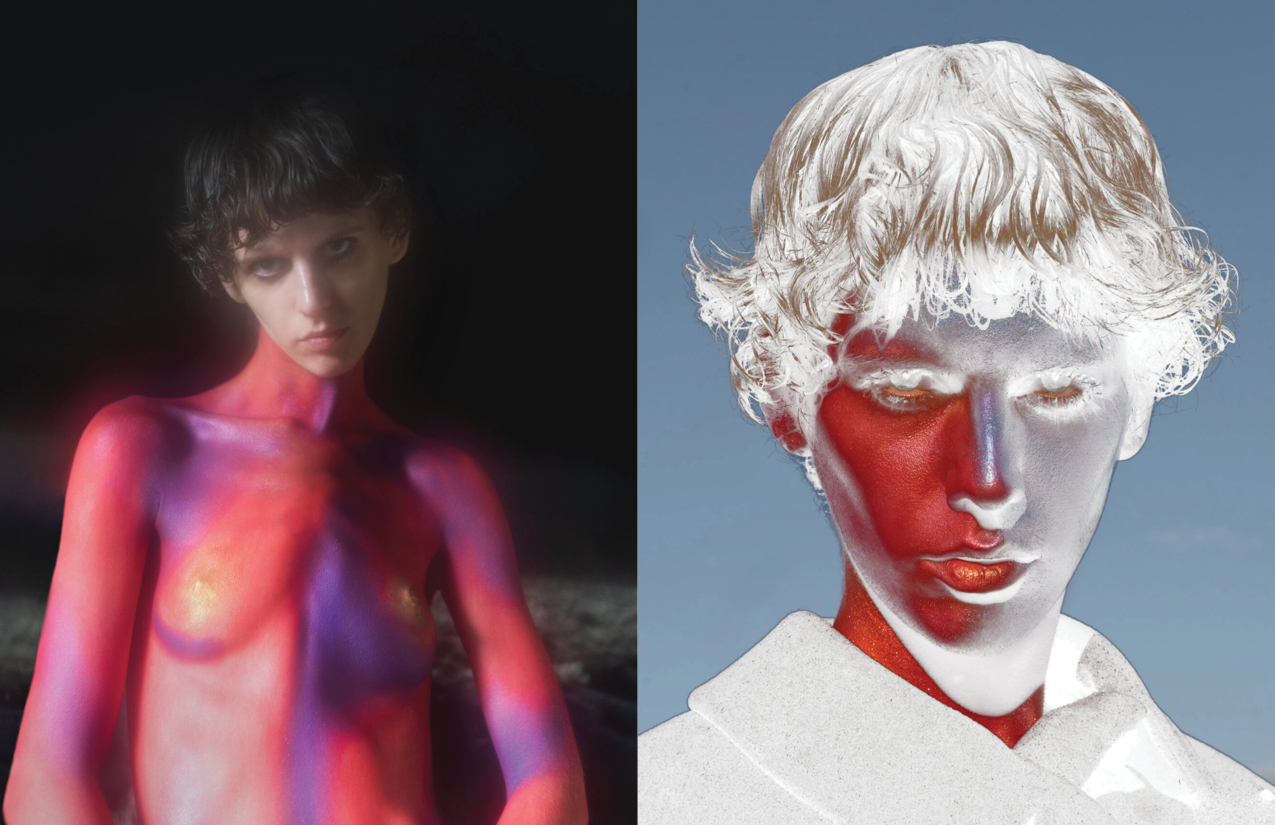
Photography by Mika Kailes.
Kaden: When did you know that make-up was going to be more than just a hobby for you?
Sabu Suzuki: That realization hit me like a ton of bricks during one of the hardest periods of my life. I was going through a lot emotionally and felt completely disconnected from myself. One day, almost on a whim, I started playing with make-up. It wasn’t for a job or a look—I was just painting my face to see if I could create something that felt alive. That process became my therapy. It helped me reconnect with parts of myself that I thought were lost. Over time, I started to see make-up not just as a coping mechanism but as a calling. It became clear to me that this was what I was meant to do—not just for myself but for others, too.
Kaden: How do you view make-up as an art form? A lot of people still see it as something trivial or surface-level.
Sabu Suzuki: I completely disagree with that mindset. Make-up is one of the most dynamic art forms because it’s alive. Think about it: you’re working on a canvas that breathes, emotes, and changes with every passing moment. That’s what makes it so exciting—and also so challenging. You’re not just creating something to look at; you’re creating something that interacts with the world. For me, make-up is about transformation, not just in a physical sense but on an emotional and spiritual level, too. It’s about taking what’s inside and bringing it to the surface in a way that feels authentic and powerful.
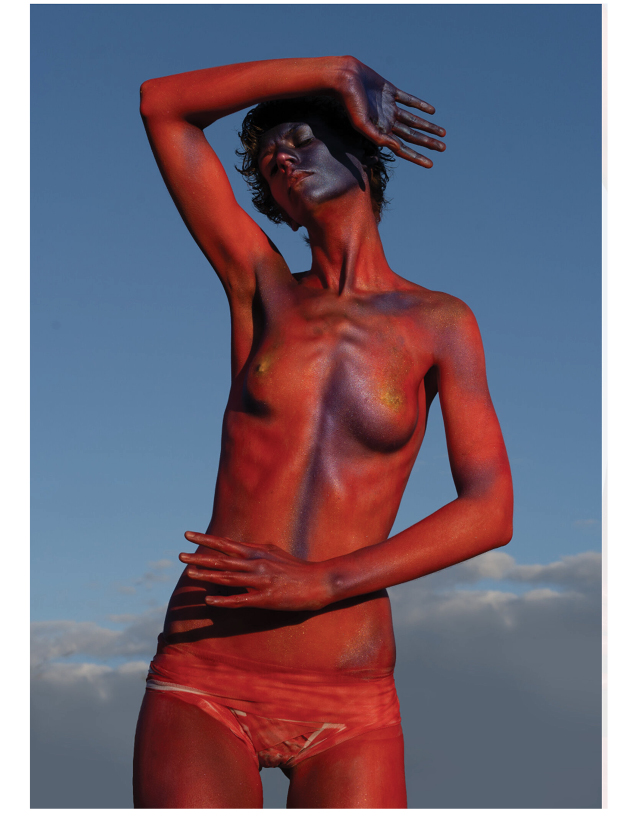
Photography by Mika Kailes.
Kaden: Your work feels deeply personal. How do you navigate creating something that resonates with your own story but also connects with others?
Sabu Suzuki: That’s a balance I’m always trying to strike. My work is undeniably rooted in my personal experiences—my struggles, my identity, and even my joys. But what I’ve learned is that the more specific you get, the more universal it becomes. People see their own stories in your honesty. When I create a look, I’m not just thinking about what it means to me; I’m thinking about how someone else might interpret it. It’s like planting a seed and letting others grow their own meaning from it. That’s the beauty of art—it becomes a shared experience.
Kaden: Have you ever felt pressure to conform to certain beauty trends or standards, especially in the industry?
Sabu Suzuki: Oh, absolutely. The beauty industry is full of unspoken rules and trends that you’re “supposed” to follow. But honestly, I’ve never been interested in playing by those rules. Early in my career, I felt that pressure to create looks that were “trendy” or “marketable,” but it didn’t feel authentic to me. I realized I’d rather be known for doing something unique—even if it’s polarizing—than for creating work that looks like everyone else’s. The way I see it, trends come and go, but authenticity lasts forever.
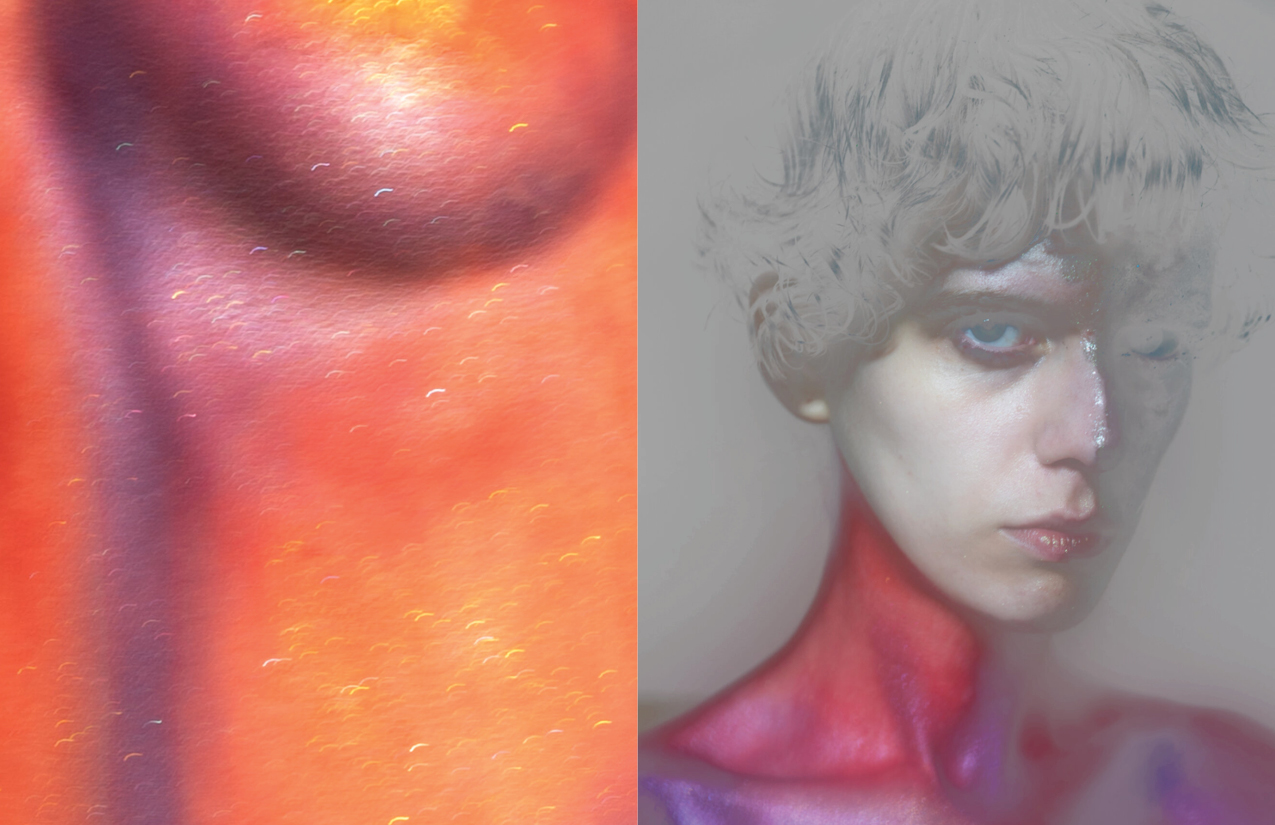
Photography by Mika Kailes.
Kaden: What inspires you when you’re working on a new look or concept? Do you draw from specific sources?
Sabu Suzuki: Inspiration is everywhere if you’re open to it. I get ideas from the most random things—like the way light hits a cracked mirror or the texture of peeling paint on a wall. Music plays a huge role, too. Sometimes a single song can inspire an entire look. And of course, people inspire me—how they move, how they express themselves, how they carry their stories in their faces. I think the most exciting part of being an artist is that you never run out of things to be inspired by. The world is a giant mood board if you pay attention.
Kaden: What advice would you give to someone who’s just starting out as a make-up artist but feels overwhelmed by the competition?
Sabu Suzuki: First of all, it’s okay to feel overwhelmed—that’s normal. But don’t let it paralyze you. The best advice I can give is to focus on finding your own voice. It’s tempting to look at what others are doing and try to emulate that, but the only way to stand out is to be true to yourself. Experiment, make mistakes, and don’t be afraid to create something that feels “wrong” by industry standards. Some of the most groundbreaking work comes from people who dared to do things differently. And remember, your journey is yours alone—don’t compare your chapter one to someone else’s chapter ten.
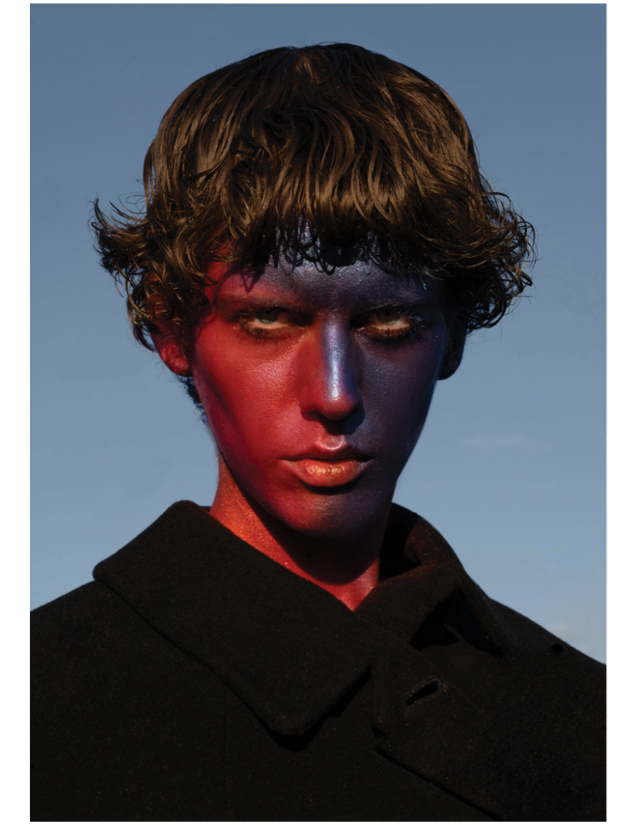
Photography by Mika Kailes.
As our conversation winds down, it’s clear that Sabu Suzuki is not just a make-up artist—he’s a visionary. His work challenges conventional ideas about beauty, art, and identity, inviting us to see make-up as a tool for empowerment and self-expression. Through his bold creations, he encourages us to embrace imperfection and celebrate individuality.
Sabu’s journey is a reminder that art can emerge from the most unexpected places. Whether it’s inspired by a moment of personal struggle or the mundane patterns of everyday life, his work proves that beauty is everywhere if you’re willing to look for it. His collaboration with Mika Kailes is a shining example of how make-up can transcend its traditional boundaries, becoming a medium for storytelling and connection.
But perhaps the most profound takeaway from Sabu’s story is his unwavering belief in the power of choice. “Make-up,” he says, “is not about conforming to someone else’s standards. It’s about creating your own rules and living by them. It’s about taking control of your narrative and saying, ‘This is who I am.’”
Text by
Kaden Mason
Photography by
Mika Kailes
Posted
March 30, 2024
Text by
Kaden Mason
Photography by
Mika Kailes
August 9, 2018
Text by
Kaden Mason
Posted
March 30, 2024
Words by
admin
Related
by Kelly Barnes
by Adrian Hendrix
by Kylar Ashton
by Adrian Hendrix
The Intricate Evolution of Men’s Jewelry in Fashion, Culture, and Identity
Read time 5 minutes
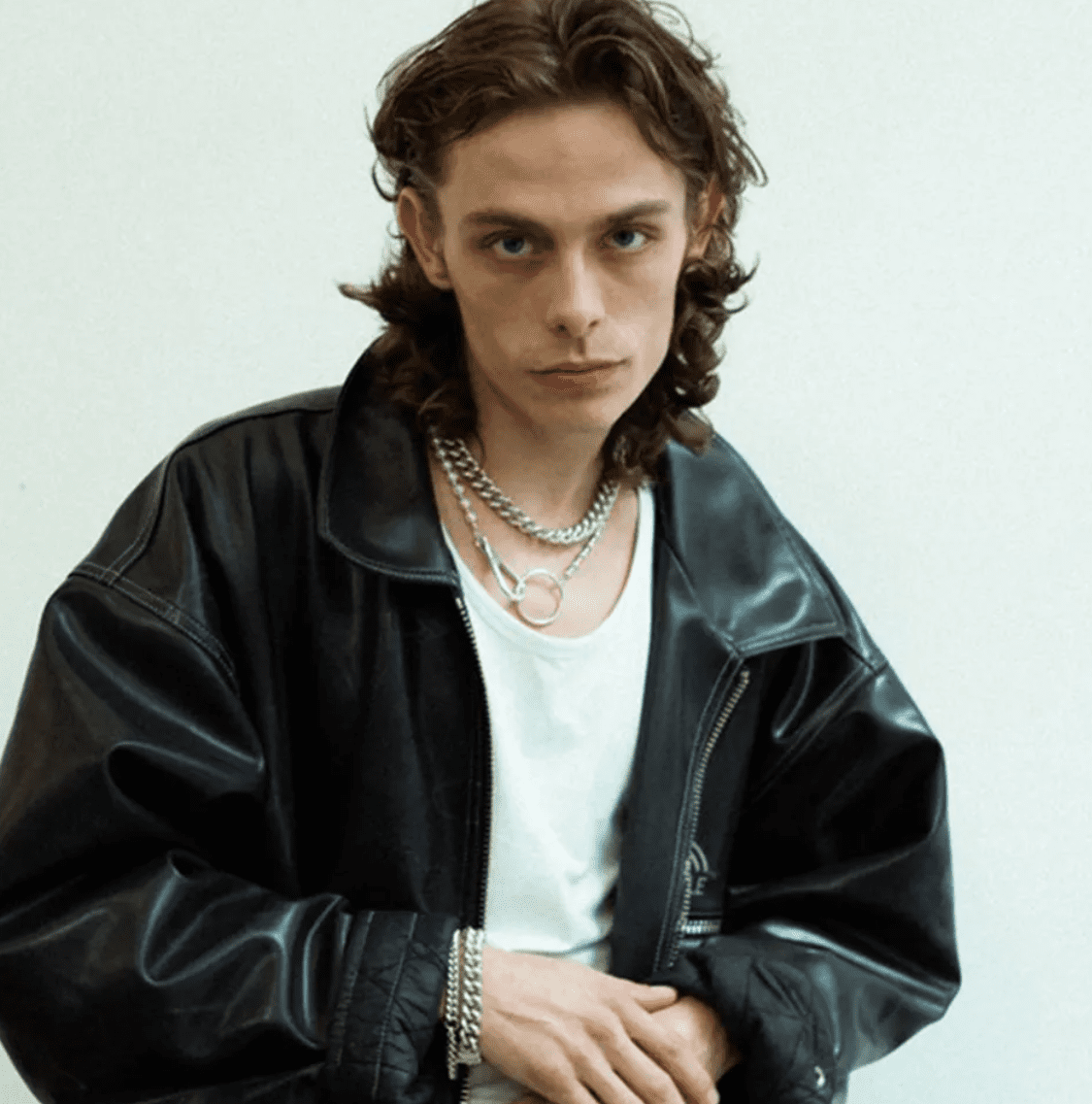
Text by
Kelly Barnes
Photography by
Hatton Labs
Fashion by
Jack Cannon
Posted
July 1, 2022
In the realm of fashion, men's jewelry serves as a vibrant reflection of identity and cultural evolution, transcending mere style to embody self-expression.
In recent years, a seismic shift has occurred in the realm of men’s fashion, particularly in the domain of jewelry. Once confined to the realms of wedding bands and signet rings for the privileged few, the rules of masculinity and adornment have been redefined. Men now confidently sport a myriad of accessories—rings, earrings, necklaces, and bracelets—crafted not just from gold and silver, but adorned with precious stones and pearls. This revolution can be attributed to a confluence of factors, including the emergence of men’s fashion weeks and the advent of street style culture, both of which have blurred the lines between sartorial norms and self-expression.
At the forefront of this movement is the visionary Alessandro Michele, creative director of Gucci, whose eclectic, flamboyant aesthetic has ushered in an era of fluid maximalism. The influence of hip-hop culture, with its penchant for opulent jewelry, has also played a pivotal role in shaping this newfound embrace of adornment. However, perhaps most significantly, this shift reflects a broader societal evolution towards gender inclusivity and the rejection of traditional stereotypes.
This evolution has given rise to a new generation of jewelry brands, such as Hatton Labs, nestled in the heart of London’s historic Hatton Garden. Founded by Jack Cannon and Joe Gelb, Hatton Labs epitomizes the ethos of this transformative era, where self-expression knows no bounds. “People are simply becoming more comfortable to be more expressive,” Gelb explains. “Styles are becoming far more gender fluid and widely accepted. The fewer restrictions we have as to what is visually ‘normal,’ the more exciting things get creatively.”
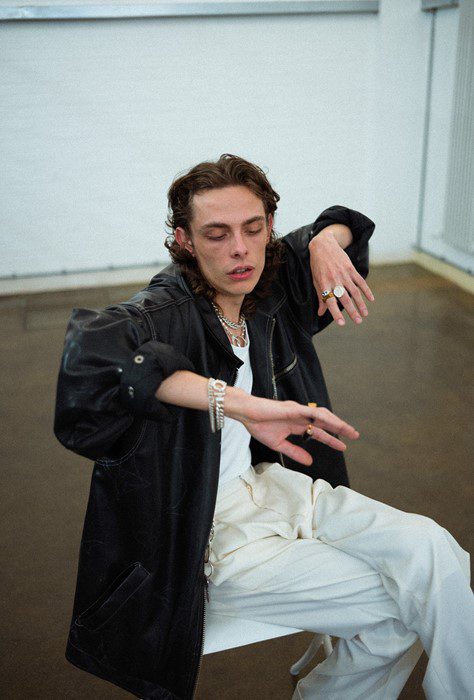
Courtesy of Hatton Labs
Born and raised in London, Cannon and Gelb bring a unique perspective to their craft, drawing inspiration from the city’s rich subcultural tapestry and their own eclectic circle of friends. Their designs—a fusion of traditional craftsmanship and contemporary flair—pay homage to London’s vibrant cultural landscape, with nods to music, art, and street culture.
Crafted from gold, silver, and an array of precious stones, Hatton Labs’ pieces exude a playful irreverence, offering a fresh take on classic silhouettes. From tennis bracelets to Cuban chains, each design reflects a distinct blend of British heritage and pop culture influences. Notably, sustainability is a core tenet of Hatton Labs’ philosophy, with Cannon and Gelb prioritizing responsible production and packaging practices.
In a testament to their innovative spirit, Hatton Labs recently collaborated with Sailor Jerry, the iconic American tattoo artist, on a collection of pendants inspired by his legendary work. Combining traditional craftsmanship with cutting-edge technology, the collaboration showcases the brand’s commitment to pushing boundaries and challenging conventions.
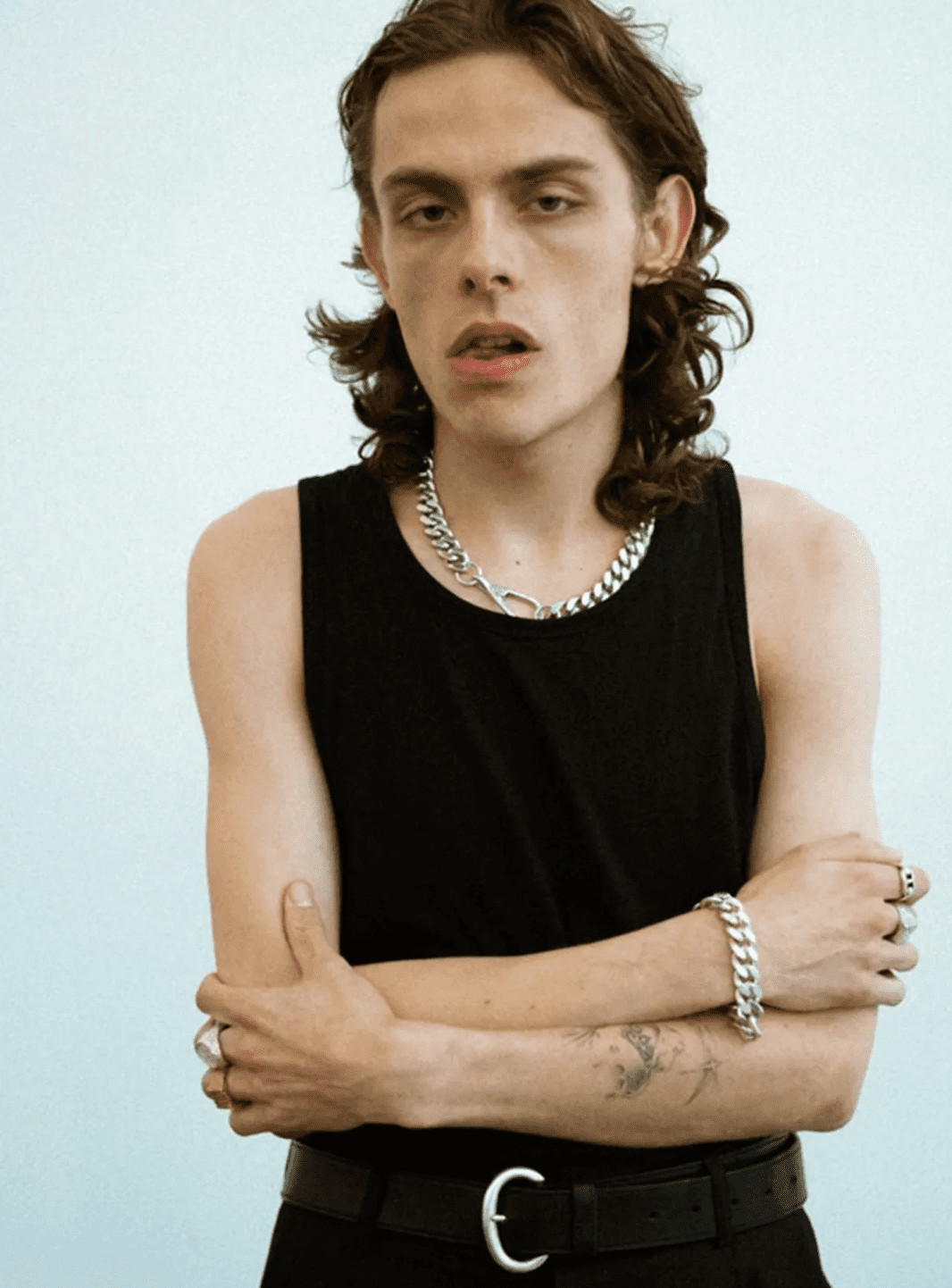
Courtesy of Hatton Labs.
As men’s jewelry continues to evolve and flourish, brands like Hatton Labs serve as pioneers of a new era of self-expression and style. With their bold designs and commitment to sustainability, they are not just creating accessories—they are shaping a cultural movement that celebrates individuality and creativity. Explore the world of Hatton Labs at leading retailers worldwide, and discover the allure of men’s jewelry reimagined for the modern age.
In a world where self-expression knows no bounds, men’s jewelry has emerged as a powerful symbol of individuality and style. Gone are the days when adornment was limited to wedding bands and cufflinks; today’s modern man embraces a diverse range of accessories, from statement rings to bold chains, each reflecting his unique personality and aesthetic.
At the forefront of this revolution are designers like Jack Cannon and Joe Gelb of Hatton Labs, whose boundary-pushing creations have captured the imagination of fashion enthusiasts worldwide. Drawing inspiration from London’s rich cultural heritage and their own eclectic backgrounds, Cannon and Gelb infuse their designs with a sense of irreverent charm and modern sophistication.
But it’s not just about making a fashion statement; for Cannon and Gelb, sustainability is also a top priority. From responsible sourcing of materials to eco-friendly packaging practices, they are committed to minimizing their environmental footprint and promoting ethical production methods.
As men’s jewelry continues to gain momentum, it’s clear that this is more than just a passing trend—it’s a cultural shift towards greater inclusivity and self-expression. Whether it’s a bold chain or a delicate pendant, each piece tells a story and serves as a reflection of its wearer’s personality and values. So as you explore the world of men’s jewelry, remember to embrace your individuality and celebrate what makes you unique. Whether you’re drawn to classic designs or avant-garde creations, there’s never been a better time to express yourself through the power of adornment.
In recent years, the world of men’s jewelry has witnessed a surge of creativity and innovation, with designers pushing the boundaries of traditional craftsmanship and embracing new materials and techniques. From experimental designs to bespoke creations, there has never been a more exciting time to explore the possibilities of men’s adornment.
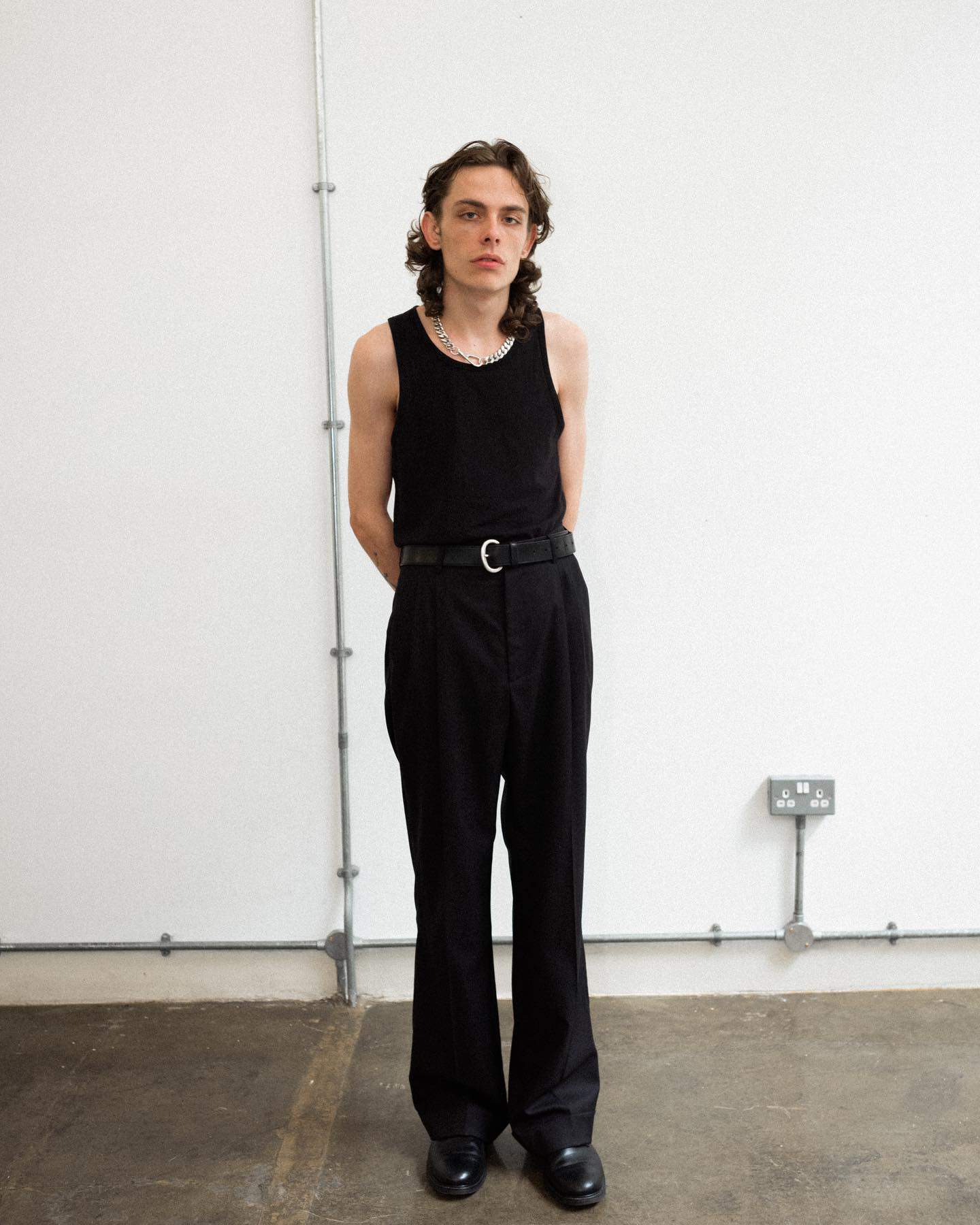
Courtesy of Hatton Labs.
As the industry continues to evolve, consumers are also becoming more discerning, seeking out brands that align with their values and beliefs. For many, sustainability is a key consideration, driving demand for ethically sourced and responsibly produced jewelry. In response, designers like Cannon and Gelb are leading the charge towards a more sustainable future, championing eco-friendly practices and transparency in their supply chains.
Moreover, the rise of social media and digital platforms has democratized the world of fashion, giving emerging designers a global platform to showcase their work and connect with consumers directly. This has opened up new opportunities for up-and-coming talents to make their mark on the industry and challenge the status quo.
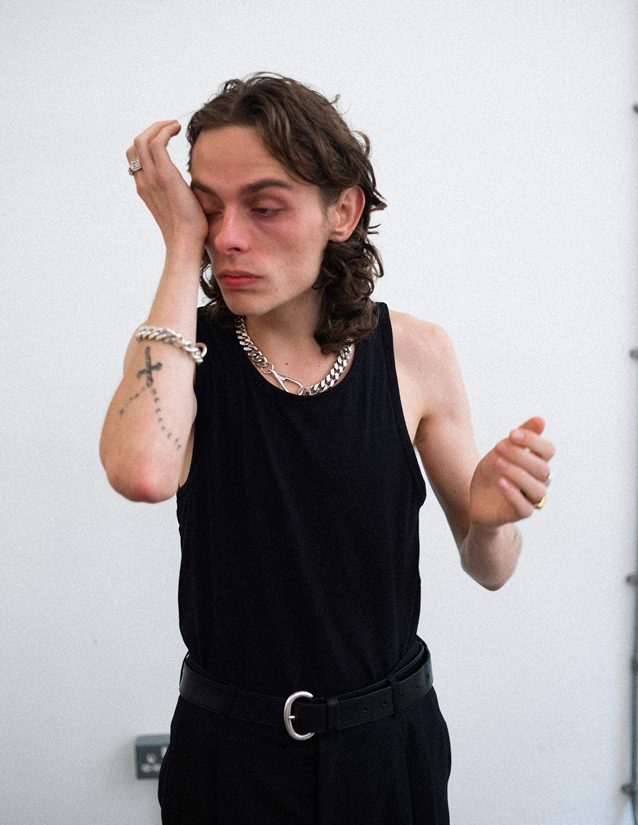
Looking ahead, the future of men’s jewelry appears brighter than ever, with endless possibilities for innovation and creativity. Whether it’s through collaborations with artists and musicians or the exploration of new materials and technologies, designers are poised to shape the landscape of men’s fashion for years to come.
In conclusion, the rise of men’s jewelry represents more than just a trend—it’s a cultural phenomenon that reflects shifting attitudes towards masculinity, self-expression, and identity. As designers continue to push the boundaries of what is possible, the world of men’s fashion will undoubtedly continue to evolve and inspire. So whether you’re a seasoned collector or a newcomer to the world of men’s jewelry, now is the perfect time to explore and embrace the diverse array of styles and designs available.
In addition to the aesthetic and cultural significance of men’s jewelry, it also serves as a form of personal expression and empowerment. For many individuals, wearing jewelry is a way to showcase their individuality, celebrate their achievements, and express their unique sense of style. Whether it’s a heirloom piece passed down through generations or a modern design that speaks to their personality, each piece holds a special meaning and carries with it a sense of pride and confidence. As society continues to embrace diversity and inclusivity, men’s jewelry serves as a powerful symbol of self-assurance and authenticity, reminding us that true style knows no boundaries.
Text by
Kelly Barnes
Posted
July 1, 2022
Text by
Kelly Barnes
Photography by
Hatton Labs
Fashion by
Jack Cannon
March 10, 2024
Related
by Kelly Barnes
by DREEDN
by Andrekka Lanier


